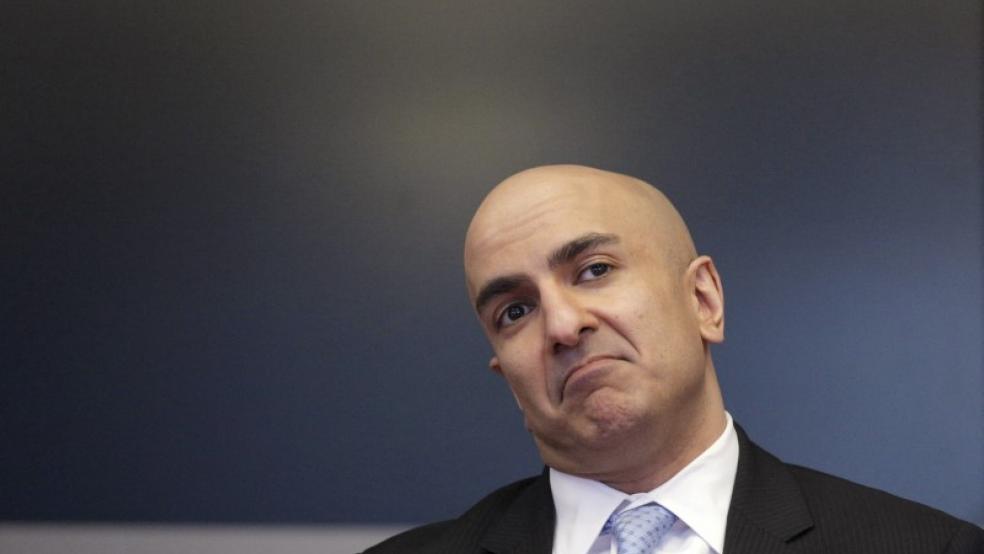PALO ALTO, Calif. (Reuters) - The Federal Reserve should go slow in raising rates, a top U.S. central banker said on Tuesday, adding that there may be limits to the Fed's ability to tighten monetary policy while other central banks keep it loose.
Weak growth abroad has pushed up the value of the U.S. dollar, pushing down on inflation and the level of interest rates that the economy can withstand while still generating jobs and growth, Fed Governor Lael Brainard told the Stanford Institute for Economic Policy Research. One model in common use at the Fed suggests a 1-percentage-point cut in rates would be required over the medium term to offset the negative impact on employment of the stronger dollar, she said. With short-term borrowing costs now near zero, "(t)his shift down implies a delay in the date of liftoff and a shallower path for the federal funds rate over several years," Brainard said. "In effect, this spillover from abroad implies some limitations on the extent to which U.S. monetary conditions can diverge from global conditions."Brainard's warning against raising rates too quickly echo those of the Fed's most dovish voting policymaker, Chicago Fed chief Charles Evans, who earlier in the day repeated his view that the Fed has plenty of tools to make things right if it falls behind the curve on lifting rates, but few tools if it mistakenly raises rates too soon.Speaking just two weeks before the Fed is widely expected to end seven years of near-zero interest rates, Brainard declined to say if she would oppose such a move but instead pointed to the policy debate that will likely dominate discussion at the U.S. central bank once the tough decision of that first rate hike is past: just how long should the Fed wait before raising rates again? Fed Chair Janet Yellen has signaled that she, like Brainard, also wants gradual rate increases. But policymakers disagree on the exact path in large part because they disagree on how high interest rates can eventually go in a post-crisis world of slower global growth and an aging U.S. population. To Brainard, that top rate is low, and it will take time to get there, a combination that "counsels a cautious and gradual approach to adjusting monetary policy."If her outlook proves overly pessimistic, she said, the Fed could use both its balance sheet and its policy rate to head off unwanted inflation. (Reporting by Ann Saphir; Editing by Leslie Adler and Sandra Maler)Fed's Brainard calls for cautious, gradual approach to rate hikes

Kevin Lamarque



